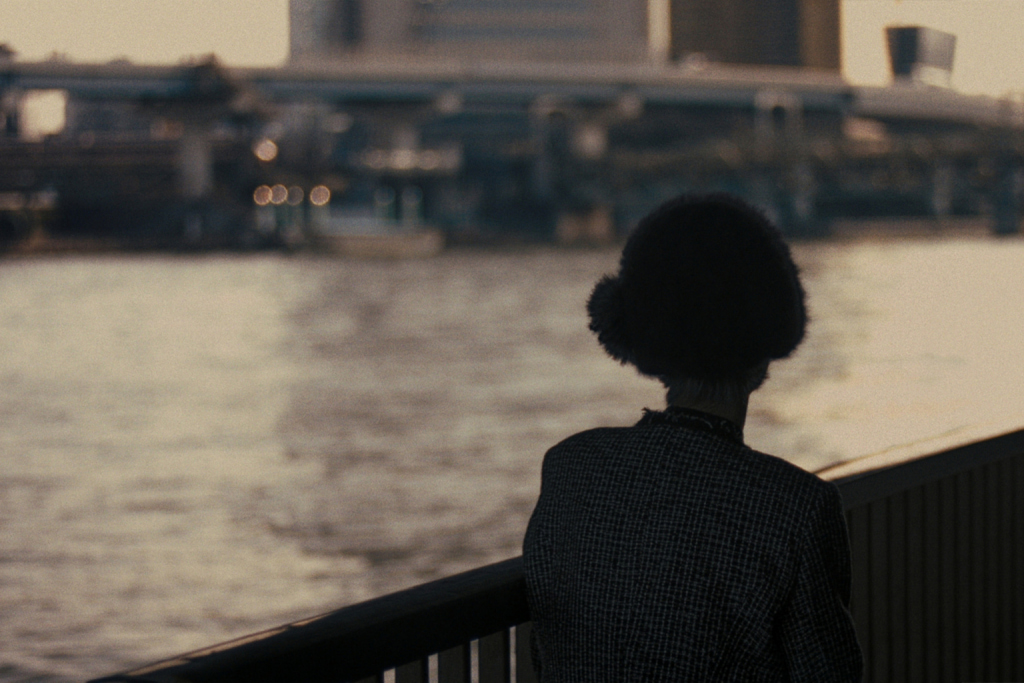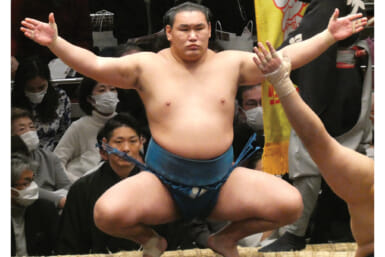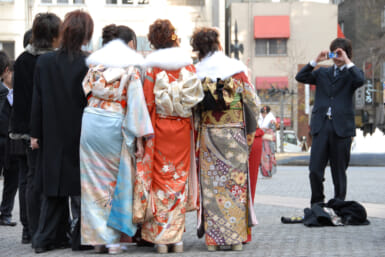I speak with documentary filmmaker Adrian Francis on Zoom as he wraps up a series of successful screenings at Frankfurt’s Nippon Connection film festival. For Francis, his film Paper City is the culmination of approximately seven years of work, a film and passion project which explores, profoundly, the last remaining survivors of the 1945 firebombing of Tokyo and their journey for justice. The night of March 9-10, 1945 was an evening in which 100,000 people lost their lives and a large geographical section of the city was left ravaged, scorched and decimated with the painful memories still very much alive today, more than 70 years after the fateful event.
Paper City manages to do the impossible, make what could be considered particularly moving and gritty viewing into something exceptional, something profoundly magical, a study of life, memory and death in a beautiful and indelible cinematic experience.
The film has already had a private screening in Tokyo at Shibuya’s Euro Live cinema and is currently doing the global festival circuit to much acclaim. Plans for Paper City to have a bigger reach are underway with the possibility of television and streaming services being able to showcase the film. Francis is also keen to secure a deal with independent cinemas in Japan to ensure that it touches and educates a nation which has, in some cases, deliberately forgotten about this tragic night or hasn’t had access to knowledge which is, in its own way, just as damaging.

Francis, in Paper City, follows three survivors of the firebombing around the eastern district of Morishita and surrounding areas. The survivors talk of huge fires and whole blocks of the area absolutely incinerated with people jumping into the local river (which was also ablaze) in order to survive. The interviewees talk about losing brothers, sisters and parents and the devastating aftermath of this groundbreaking moment in WWII.
Whole neighborhoods scorched and almost erased from the map and the decades of living with these memories which haunt and sting with pain. The underlying frustration and, in some cases, outrage comes with the neglect and deliberate avoidance of the Japanese government to recognize these people’s plight and their demands for parity with other survivors of war atrocities, notably Hiroshima and Nagasaki.
As Francis comments, “They [the survivors and activists] are only asking for a few things. It comes down to an apology, token compensation, a dedicated memorial, a memorial just for the air raid victims and a museum — a peace museum similar to Hiroshima or Nagasaki. They asked for these things and believed in the institution of democracy. They believed that if they stated their case the government would, of course, help them. And in doing so accept some responsibility. And 60 years of activism later, nothing. There is real hurt there and a sense that they’ve been abandoned.”
In the documentary there is tangible anger from some of the survivors who state that Japan has never even investigated the number or names of the dead and this has never been followed up. There is also a sense that these survivors are angry that Japan never surrendered before 1945 and in the process could have saved millions of lives and livelihoods.
“People were told there was nothing to be afraid of,” says Francis. “They were doing bucket relays. This idea that you could put out an inferno with a line of housewives throwing buckets of water on it. They were told not to run. To stay and defend their city. And at the end of the war the government says ‘the war is now over, good luck.’ People didn’t get a lick of assistance and any compensation. Nothing.”

The Australian director speaks about the distance between the way Germany faced up to its war time history and Japan. The great German novelist Christa Wolf writes, “To prevent wars, people must criticize, in their own country, the abuses that occur in their own country. The role taboos play in the preparation for war. The number of shameful secrets keeps growing incessantly, boundlessly. How meaningless all censorship taboos become, and how meaningless the consequences for overstepping them, when your life is in danger.”
These words seem even more poignant when discussing the plight of the Tokyo firebombing survivors, the procession of governments that have ignored them and also shines a light on current atrocities in Ukraine, Yemen and Syria.
When one of the interviewees points at a map of a local park where approximately 13,000 bodies were buried after the bombing or unravels a scroll with the names of the dead (including some of their own family members), it really hits home and underpins the outright insolence of the Japanese government who continue to turn a blind eye to these people.

Naturally, there is a moment when the knuckle-dragging uyoku dantai (Japanese far right) show their faces by shouting at survivors from their pathetically pimped-up trucks but this also serves to reinforce the anger and determination of the survivors whose numbers are sadly decreasing year by year.
Francis has managed, in the masterful Paper City, to capture something precious, something vital and an event and aftermath which should be common knowledge for every Japanese and a tragedy which should be discussed and dissected today and for years to come.
With this film Francis encapsulates Stephen Hawking’s assertion that “We are very very small. But we are profoundly capable of very very big things.” This beautifully poignant film ultimately stands as a testament, a memorial and visual museum for the survivors and their families and a reminder of the barbarity of war.
Paper City is showing next at the Melbourne Documentary Film Festival for viewers in Australia.
Follow Paper City on Instagram, Facebook or Twitter for news of streaming and theatrical releases.









